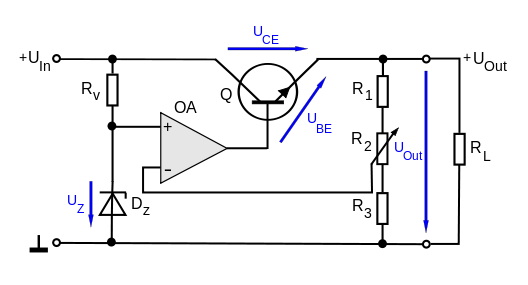I never said they where interchangeable. I don't know where you got that idea. But it seems fairly normal for people to think others have made such careless mistakes for no reason...
You said "current is power". The correct statement is "current is the rate of change of charge". That is one of several errors you need to rectify.
Well, the more voltage you have, the more power you can generate from it...
No, power is the product of voltage and current. Raise the voltage, and the available current will be limited to the available power.
Maybe you could have looked at the circuit to see that for yourself. Why do I have to tell you now when you could have just looked at what I linked before?
Readers need not look at the circuit to see the errors in your beliefs about the laws governing electric circuits. You need to correct your errors.
I don't believe in laws of nature that say the universe itself is God.
You understand that if you jump in front of a speeding train you will die. That's a law you will abide by, just as Science abides by all the laws you haven't yet learned. But you still need to correct your errors.
According to conservation, the universe would have always had existed.
That's arguable and possibly true. But you still need to correct your errors.
The universe would be omnipresent. It would contain all the information that could possibly exist.
All good fodder for another forum. Here the topic concerns your errors. If you will correct them, we can move on to the other concerns you have.
Instead of believing in an imaginary figure that is all knowing, powerful, and everywhere around us but can't be seen, I believe that matter and energy could possibly be created in some way.
People have similar thoughts just as they jump from bridges, or in front of trains. Were they right? Just fix your mistakes.
That way is the same method I used to get the simulation to create higher and higher voltages.
No it isn't. You have only decided that voltage and power (you also said current and power) are equivalent. That's a basic error that you need to fix. You can quickly get there by placing a one ohm load at the output. Now what happens?
In reality, the conservation laws where just made up by some people in the 1800's that actually didn't do anything to prove it was a law.
First correct your errors here and then we can move on to your other misunderstandings.
They wouldn't have even been able to set up experiments that could account for all the energy of a system,
How many digits do you need to tell you you should not step in front of a speeding train?
and they even made up the idea that there is no such thing as a perfectly closed system in order to get away with it, making it a law even without proving it by experiment.
Way off topic, and nowhere near correcting your errors. We can cover your mistakes about the history of science in another thread.
On top off all that, this law was invented
No, laws are discovered, not invented. Did you invent the law that the Sun rises in the morning, or did you discover it?
before the invention of electronics.
It doesn't matter. You still need to learn what the applicable laws impose on your circuit. To deny this is to deny that the Sun rises in the morning, or that the train will not touch you as you step onto the tracks.
They would have believed in God, and they could have used religion as a scapegoat to explain why anything even exist at all. I hardly call that science.
Neither do we. Now let's get back to the science, beginning with fixing your mistakes.
Scientific laws might as well have just been made up by people debating things on internet forums.
That's why the Sun rises in the morning?
I have already done the research, and the physics we have today says that the energy it would create is infinite.
Your research skills pale in comparison to your skills in electrical engineering.
It is just no one accepts that theory, because it comes to an answer that is infinite. Well, something had to be infinite at some time or another or there wouldn't be an infinite universe out there!
None of this justifies your mistakes.
The only reason why it doesn't come out to infinity in the circuit is because higher voltages change the manner in which the components would operate.
No, the laws don't act as you think. You simply lack the requisite skills.
But this is your chance to learn.




